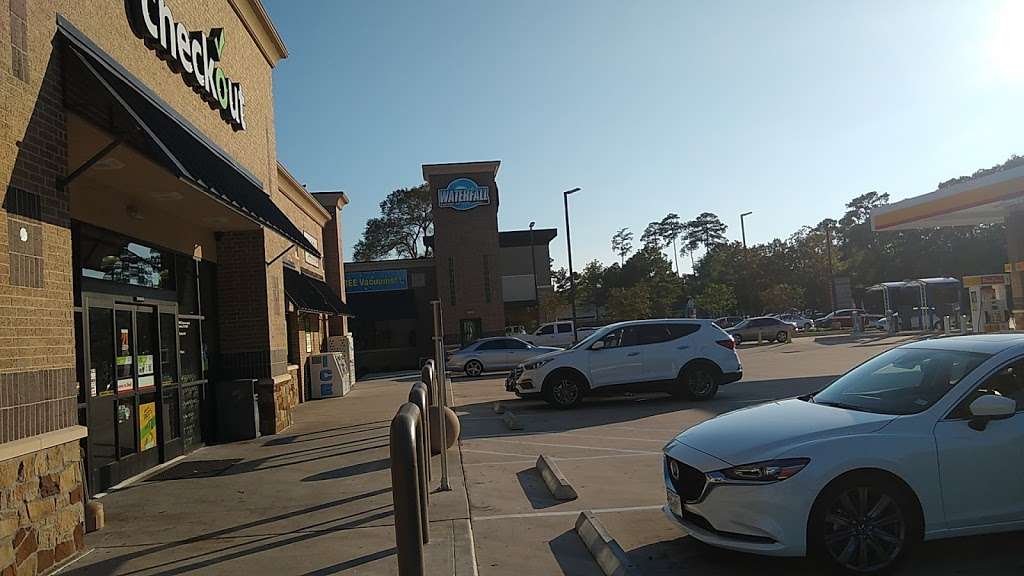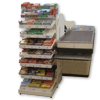

Retail store formats range from small kiosks to hypermarkets, each with its individual check-out configuration requirements. In addition, many retailers count on cashiers to upsell customers on accessories, special offers, better products, or extended warranties. When caught, it’s possible for customers to plead ignorance or blame it on an equipment malfunction.Ī check-out stores solution will increase the human contact, leading customers to feel more of a personal connection with or loyalty to the store/brand.

Some examples would be replacing barcodes of high-priced items with lower priced items or just not scanning an item or two. There is also a higher likelihood of theft occurring, as there are fewer employees monitoring the self-service check-outs, even though most systems are equipped with some form of anti-shoplifting technology. An experienced check-out cashier can keep the line moving and avoid these difficulties. All these require the attendant’s attention, which, if it occurs at multiple machines at once, increases the wait time for each customer. In some cases, customers simply don’t want to do the work of checking out themselves.
#Checkout food stores verification
Often customers have difficulty scanning products and need assistance, whether the barcode or coupon doesn’t scan properly, or the product requires age verification or even not being comfortable or understanding the technology. Check-out stores solutions provide an alternative, improving customer service and maximising revenue for retailers. However, despite this preference, there are still many issues which can cause dissatisfaction when using these systems. Self-check-out systems have become a permanent fixture in the high street, with 63% of customers stating that they prefer self-service over service. In recent years there has been a shift in how customers pay for their shopping when visiting retail environments. It is important retailers have the correct system in place as a positive POS service can have an overriding impact on loyalty and an individual’s propensity to return to a store in the future. However, as with many elements of IT infrastructure, the point of sale (POS) has become progressively complex in recent years.

Arguably the most important interaction retailers will have with their customers is at the point of sale. Join CSPI in asking Walmart to do right by their customers and remove junk food and soda from checkout.Since the first barcode on a product was scanned at a supermarket in Ohio in 1974 using Datalogic technology, the check-out has played a key role in retail. – Reach out to shareholder groups and company employees asking for their support bringing healthy checkout aisles into more storesĬSPI invites leadership staff from Walmart, Kroger, Publix, and Walgreens to get in touch with us at any point during the campaign to discuss strategies for improving product offerings at checkout. – Encourage advocates to ask companies for healthy checkout through social media, like Facebook and Twitter – Partner with grassroots organizations located near corporate headquarters to publicly deliver petition signatures – Letters to companies from customers, advocates, and CSPI Depending on the responsiveness of each company, the campaign will employ the following tactics: We will then move on to Kroger, then Publix, and then Walgreens. We will begin with Walmart, the largest grocery retailer in the U.S., with more than 3,000 supercenters across the country and one-fifth of the food retail market share. So, over the coming months, CSPI will undertake a campaign to urge several supermarket and pharmacy chains to offer healthier foods and beverages at checkout. But most national supermarket chains are still pushing junk food at checkout to boost sales at the expense of customer health. Some innovative retailers are starting to shift the mix of checkout offerings, like the two grocery chains featured in the new video below from CSPI.


 0 kommentar(er)
0 kommentar(er)
